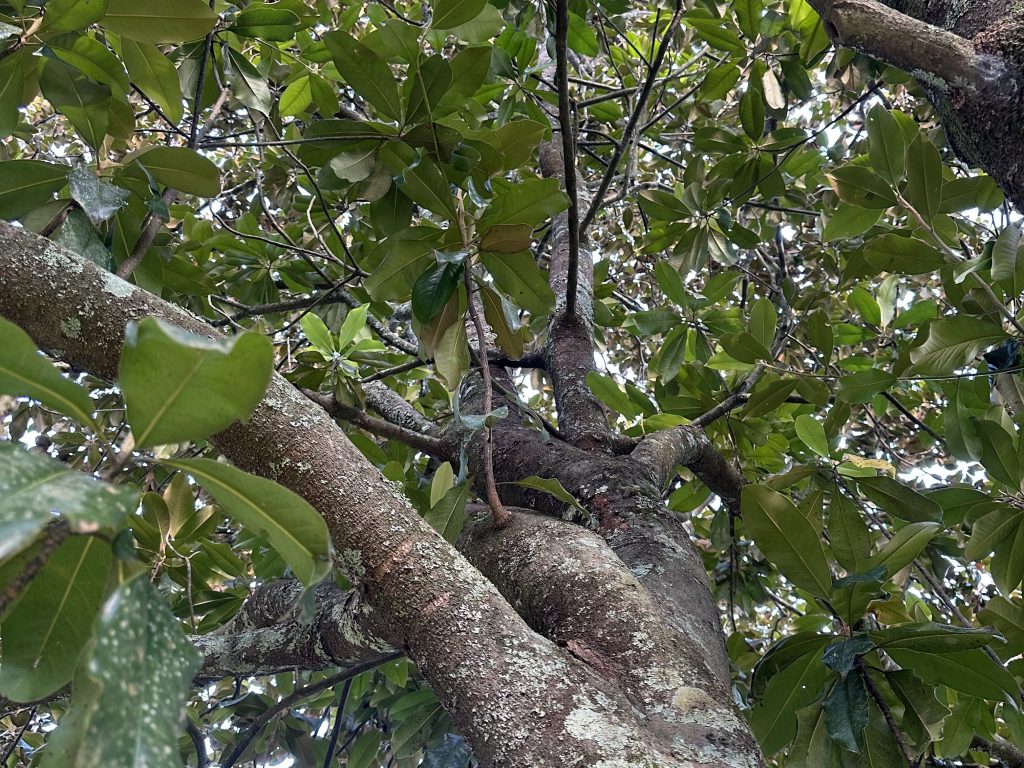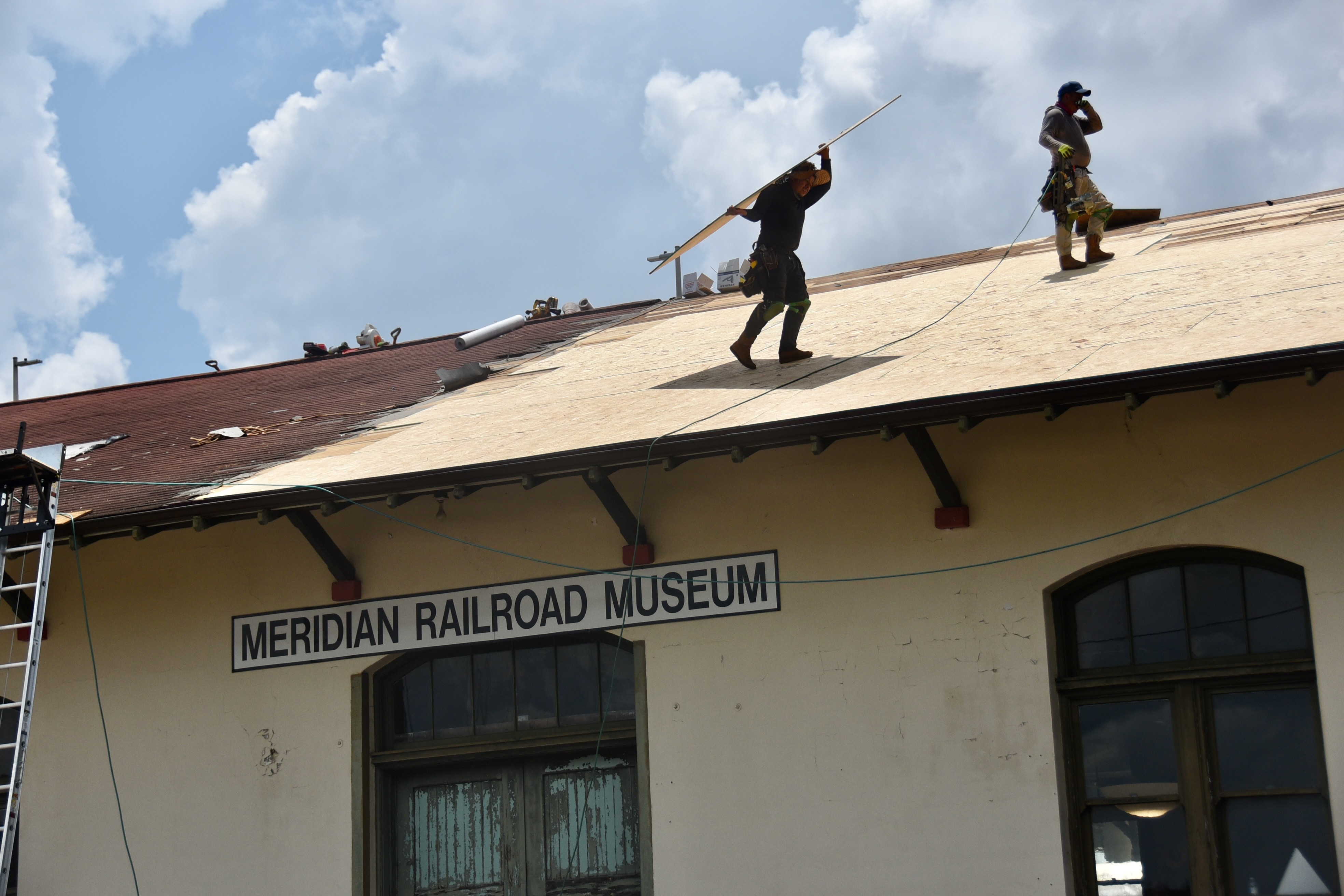Being better prepared for the challenges of life
Published 2:29 pm Thursday, July 17, 2025

- I was thrilled to read this week that all those trees that I climbed as a boy helped prepare me for the challenges that I would face later in life. The message is simple and clear: Time spent at play in the outdoors yields lasting benefits for both children and adults! Photo by Brad Dye
Pressing the bar and flinging open the metal door, I rushed into the open air of the elementary school playground. “Sweet freedom,” I thought as I exhaled and drew in a deep breath, filling my lungs with the precious elixir of recess. There was no greater feeling.
I had been detained in class for the first five minutes of recess, a length of time which felt, to a young lad, like a life sentence without parole at Shawshank. Most likely, I had either been talking, or, perhaps, I was a little behind on my math problems, math being the scourge of my existence.
Trending
I scanned the playground looking for my friends and quickly spotted them in the center of this little piece of paradise on the “big” merry-go-round.
Like most playgrounds at the time, the elementary school playground at East Union Attendance Center featured two merry-go-round options. Option one was low to the ground and featured a solid metal floor. Clearly, this heavy and slow apparatus was intended for only preschoolers and the faint of heart.
My friends were going full bore on option two, which featured a center pole with an elevated platform wide enough for an elementary school-sized rump, should one choose the lame option of sitting.
Trending
Like most adolescent daredevils, I preferred hanging onto the bar, either the vertical or the horizontal, and being flung around, legs outstretched, with a white-knuckled death-grip being all that stood between me and certain doom.
My brief delay in detention had given my friends time enough to get the merry-go-round spinning at a rate equivalent to what I had recently watched James Bond face in “Moonraker” while training in the NASA-esque high G-force simulating centrifuge.
Thinking about it now at 55, with what seems like a new ailment every morning, I probably would’ve played it differently. However, at that age, fear was unknown to me.
Actually, that’s not true. The thought of running through multiplication tables every evening with my mother still gives me tremors. I hated those damnable multiplication cards with their answers hidden on the flipside.
I remember running toward the whirling dervish at top speed, leaping and grabbing one of the vertical bars, and going from zero to 5Gs in a matter of seconds.
In the process of re-creating this memory, I would like to say that I made enough revolutions, at enough speed, pulling enough Gs to pass out; however, I think, at best, I probably made 2 1/2 to three spins before being flung onto a nearby mound of hard-packed dirt.
At that age, the impact of my crash would’ve been no big deal were in not for the sharp rock protruding from the ground which connected just above my elbow at the point of impact. I remember looking down, seeing blood and the gaping wound (inside of which I could see bone), and then being escorted quickly to the school nurse’s office.
I vividly remember sitting in the office holding gauze on the wound after we cleaned it as the school secretary, Mrs. Betty, called my parents. It must have been bad because both my mom and dad showed up, but in a strange turn of events, they carried me home.
In my mind, I clearly needed a blood transfusion and reconstructive surgery. Instead, we cleaned and patched the wound again at which point I began to wonder for the first time in my short life what injury constituted a visit to the emergency room. If seeing a bone didn’t meet the criteria, I reasoned that it must come down to breaking a bone.
A few years later, I made the first ER trip that I remember to have two barbs from the hook of a Rapala minnow removed from my back. I also remember that Dad offered to do this at home with pliers, but quickly realized the removal would be impossible based on my screams and evasive maneuvers. Pliers?
Looking back, I’m proud to say that I came from the “he’ll be all right” generation. I survived, lived to talk about it, and I’m all the better for it.
It was also the “playing outside” generation as in, unless I was sick, I was outside all day, every day. We rode our bikes, swam and played in the creek and climbed trees, among other things.
Interestingly enough, I came across a couple of articles this week which revealed that outdoor play, especially tree climbing and risk taking, was good for me, both as a child and an adult.
In his articles for the Atlantic and truehoop.com entitled “Let Your Kid Climb That Tree,” Henry Abbott asserts that activities like tree climbing help to shape our “movement vocabularies.”
Abbott writes, “Good movement, it turns out, is a skill, a kind of intelligence, that takes honing and practice—just like language. And like language, it’s best learned young.”
A similar article on bowerandbranch.com entitled “Climbing Trees is Good for You” related that climbing trees also improves large and fine motor skills as well as cognitive skills.
Furthermore, the research reveals that risky play is healthy for kids finding that “children who engaged in risky play such as tree climbing were significantly healthier…” and “…showed more creativity, resilience and better social skills over kids who always played it safe.”
According to the article, outdoor activities like tree climbing also help kids feel connected to the outdoors. “Nature-Deficit Disorder” didn’t exist until 2005 when author Richard Louv coined it to describe children who lacked any connection to the outdoors in his book “Last Child in the Woods: Saving Our Children from Nature-Deficit Disorder.”
Clearly, I have no nature deficiency. The diagnosis doesn’t mesh with being an outdoors writer. I’m also excited to learn that my daredevil behavior on the playgrounds of my youth fits the “risky play” category, which apparently makes me both more creative and more resilient. I’ve got the scars to prove it.
Until next time, here’s to the benefits that come from life lived alfresco, and here’s to seeing you out there in our great outdoors.





